Louise Cotter visits Kinsale Library in Co Cork, winner of this year’s Royal Institute of the Architects of Ireland (RIAI) Conservation, Adaptation and Re-Use Award
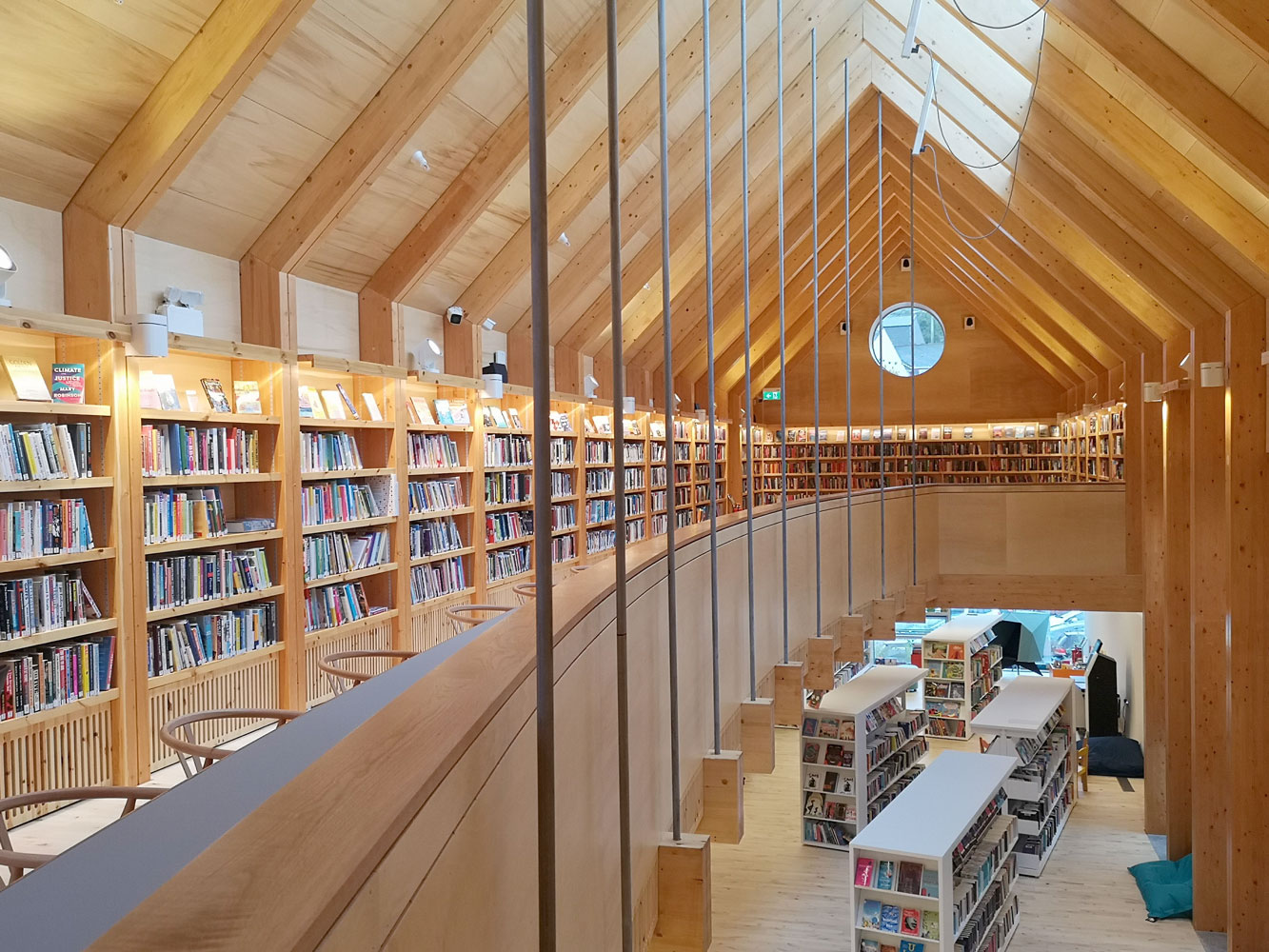
Kinsale is a historic town, well known for its art, culture and picturesque setting at the mouth of the Bandon River. The narrow streets and dense development of lanes and small urban spaces lends a distinctive character to the town. The busy waterfront and fjordlike landscape extending out to Scilly and Summer Cove generate a most memorable vignette of the town. However, the medieval core is inland, elevated and centred on the 13th-century St Multose Church. Here is an assembly of civic buildings and spaces that loosely address Church Square and Market Square: St Multose set in its green graveyard, almshouses and the old mill building. Historic maps suggest a pair of mill buildings, dating from the 1700s, indicating a concentration of trade and civic activity in this place. It is not clear when the second structure was removed, but the remaining mill building was badly damaged by a fire in the 1970s. Only the sandstone walls survived, standing for a number of years until the building’s reinvention as the town library. The location certainly consolidates this nucleus of civic buildings, and the adaptive reuse of the existing structure is evidence of an emerging trend for modifying what already exists rather than starting anew.
To read this article in full, subscribe or buy this edition of the Irish Arts Review
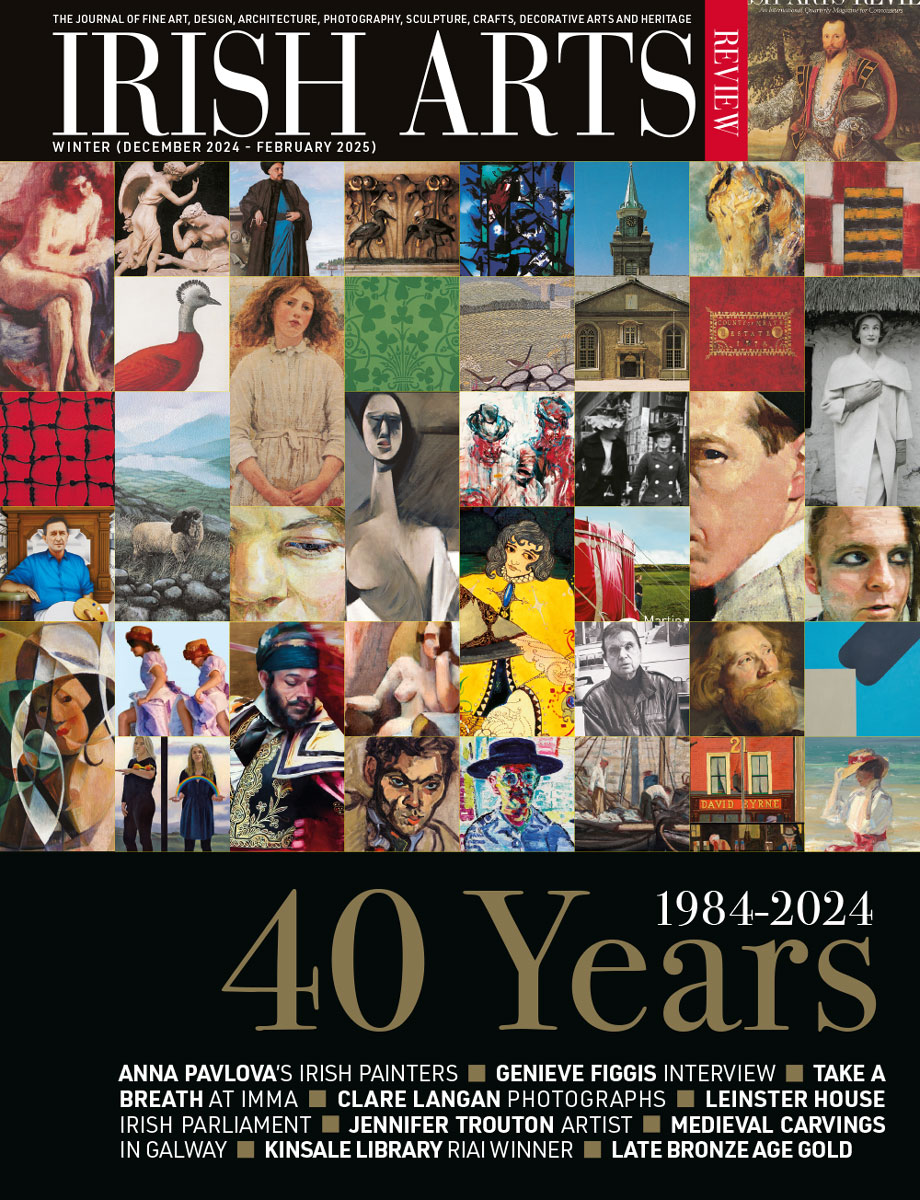
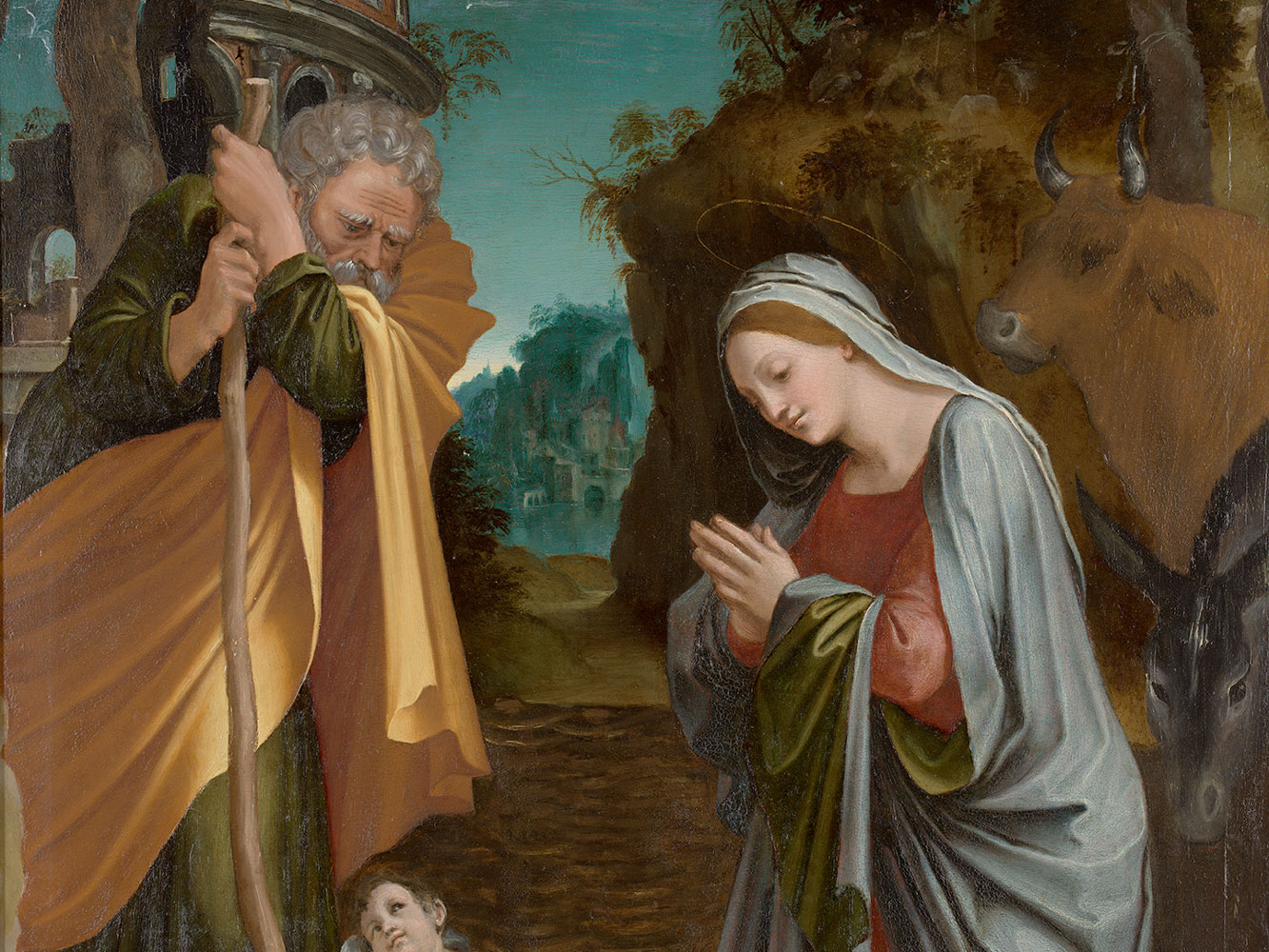
Anne Stewart selects The Nativity by Baldassarre Peruzzi from the Ulster Museum collection
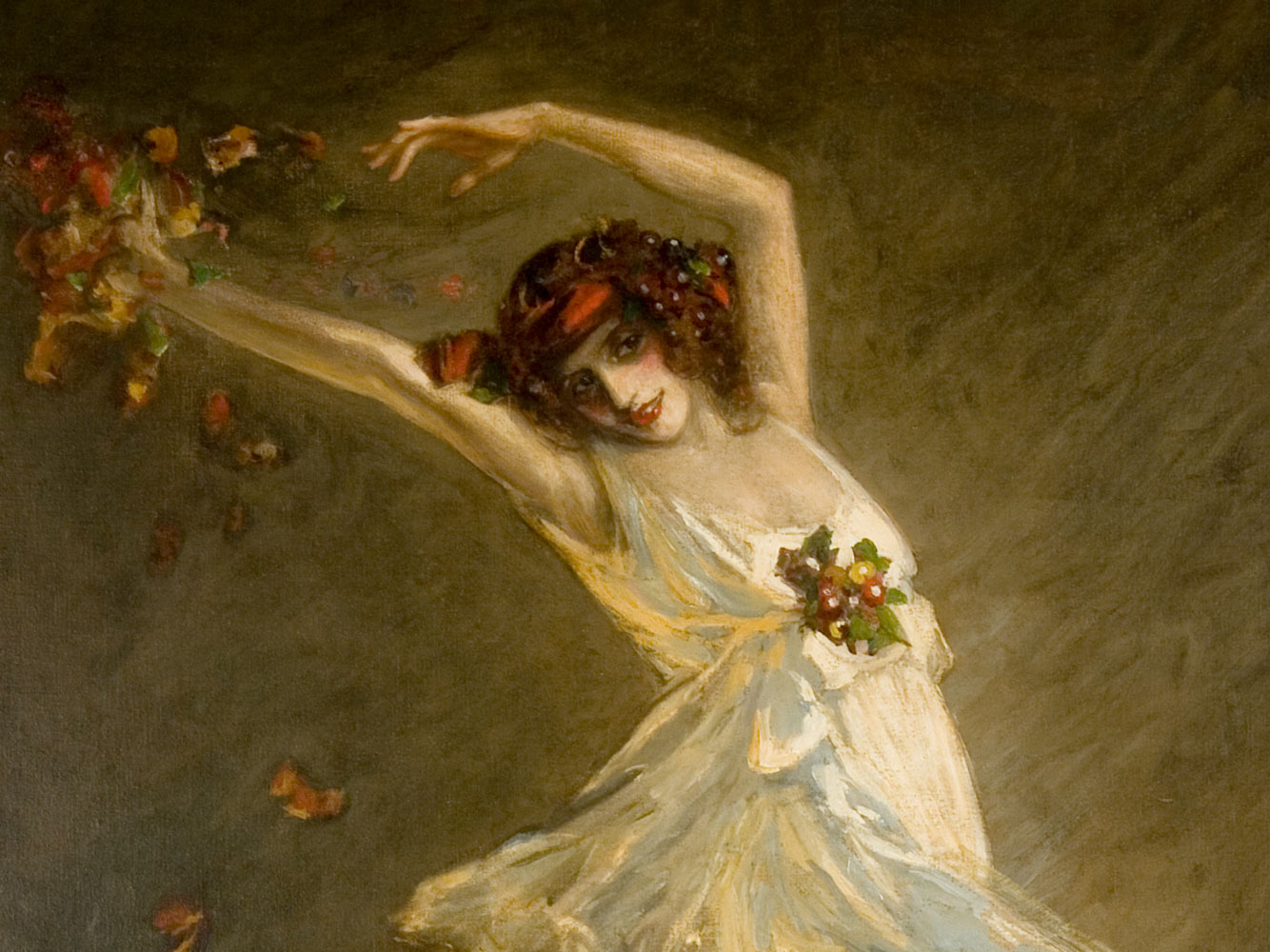
Kenneth McConkey recounts the story of how two great Irish painters, John Lavery and William Orpen, recorded the greatest ballerina of her generation, Anna Pavlova
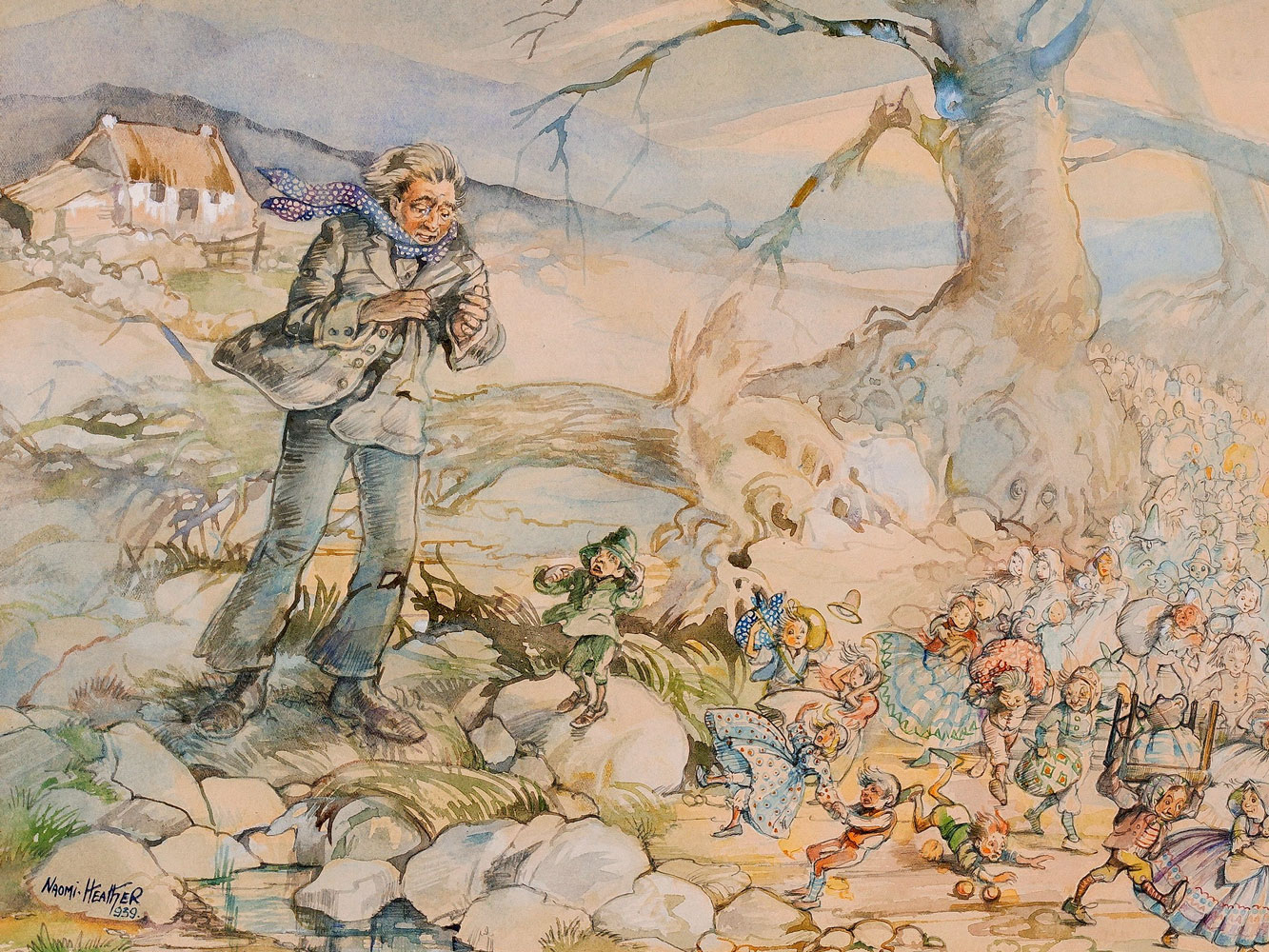
Marie Lynch celebrates the life and work of illustrator and watercolour artist Naomi Heather